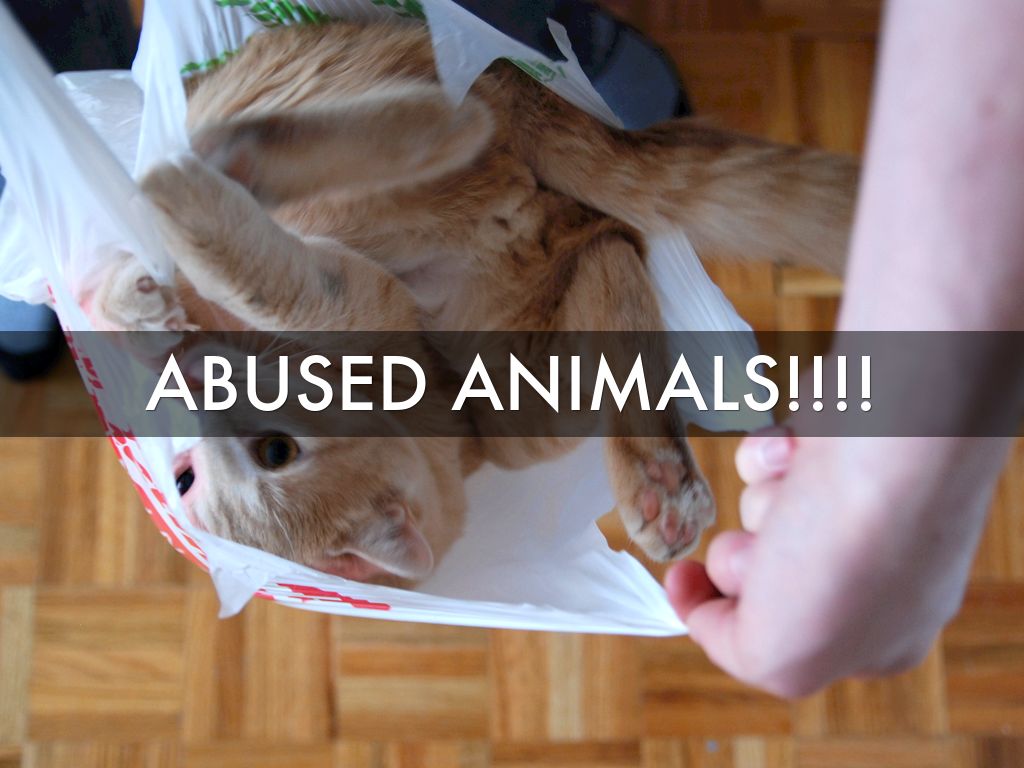Animal cruelty is a pervasive issue that warrants thoughtful examination. The maltreatment of animals not only raises ethical concerns but also triggers significant societal implications. As a society, we must ask ourselves: what should happen to individuals who perpetrate acts of cruelty against animals? This question, seemingly straightforward, unveils layers of complexity that challenge our understanding of justice, rehabilitation, and ethical responsibility.
First and foremost, it is essential to delineate the various forms of animal abuse. Physical abuse, neglect, and emotional cruelty reside under this umbrella, each presenting unique challenges regarding intervention and punishment. Physical abuse, marked by intentional harm, often garners outrage and calls for stringent legal repercussions. Neglect, however, might stem from ignorance or inability, complicating the narrative around culpability. Furthermore, emotional abuse, characterized by psychological torment, raises questions about the recognition of such cruelty in the legal framework. Clearly, a multi-faceted approach is required, tailored to the specifics of each case.
The legal consequences of animal abuse vary significantly across jurisdictions. In some regions, laws are relatively lenient, allowing for minimal penalties that fail to deter future offenders. Conversely, other areas implement strict legislation that mandates imprisonment, fines, or mandatory counseling. How effective are these measures? A critical analysis of recidivism rates among animal abusers reveals a concerning trend. Studies indicate that many offenders re-offend, suggesting that punitive measures alone are insufficient. Behavioral science posits that the motivations behind such cruelty often stem from deeper psychological issues, necessitating comprehensive rehabilitation programs alongside legal penalties.
Rehabilitation, it seems, is a cornerstone of effective intervention. Treating the underlying issues that drive individuals to commit acts of cruelty could lead to a reduction in incidents over time. Programs that focus on education about animal welfare, empathy development, and psychological support have shown promise in addressing the roots of abusive behavior. But what societal responsibilities do we hold in ensuring these programs reach those in need? It is a collective challenge; community awareness and involvement are crucial in mitigating animal cruelty at its source.
Moreover, one must question the role of society in perpetuating or alleviating this cycle of violence. Cultural attitudes toward animals can heavily influence behaviors; societies that view animals merely as property may see an increased prevalence of abuse. Conversely, those cultivating a sense of kinship with animals may foster a more compassionate society. Changing narratives around animal rights and reinforcing the inherent value of every creature play pivotal roles in shaping future generations’ perceptions. Therefore, educational initiatives within schools, communities, and even media representation can profoundly impact societal values and ultimately influence the behavior of individuals.
In considering what should happen to individuals who abuse animals, one must also contemplate the concept of restorative justice. This approach seeks to bring together the offender, the victim (in this case, the animal), and the community to facilitate healing and dialogue. Engaging abusers in understanding the impact of their actions, fostering accountability, and encouraging empathy can often yield positive outcomes. But is there room for compassion in the face of such egregious acts? Balancing justice with understanding is a nuanced endeavor, one that tests our moral fabric.
Furthermore, legal systems often face challenges in adequately addressing animal abuse. In many jurisdictions, animals are classified as property, limiting the legal ramifications of their abuse. Advocates for animal rights argue that changing this designation to recognize animals as sentient beings would afford them greater protection under the law. Legislative reform is arduous but necessary, demanding persistent advocacy to elevate the status of animals in legal discourse.
However, enforcing laws against animal cruelty poses its own set of challenges. The difficulty lies in the collection of evidence, witness testimonies, and the sheer complexity of each case. Resources allocated to animal welfare agencies often fall short, as they scramble to investigate reports of abuse with minimal staffing and funding. This inadequacy may perpetuate a cycle of violence, allowing abusers to evade justice due to insufficient prosecutorial resources. How do we tackle this systemic issue? Prioritizing animal welfare within law enforcement and government budgets could be a starting point.
As we dissect the ramifications of animal abuse and contemplate suitable measures for those who commit such acts, it is critical to approach the topic with empathy and understanding. Society must recognize the broader implications of animal cruelty, not just as isolated cases but as symptoms of larger social issues. By fostering a culture of compassion, promoting educational initiatives, and advocating for comprehensive legal reforms, we can contribute to a more humane society. Questions linger, and the challenge remains formidable, yet the pursuit of justice for our voiceless companions is a cause worthy of our collective effort.
In conclusion, the conversation surrounding the consequences for animal abusers should not be narrowly focused on punishment alone. It requires a collaborative, multi-faceted strategy that combines legal action, educational reform, community involvement, and psychological rehabilitation. Only through such an integrative approach can we hope to reduce the incidence of animal cruelty and cultivate a society that values and protects all its inhabitants.






